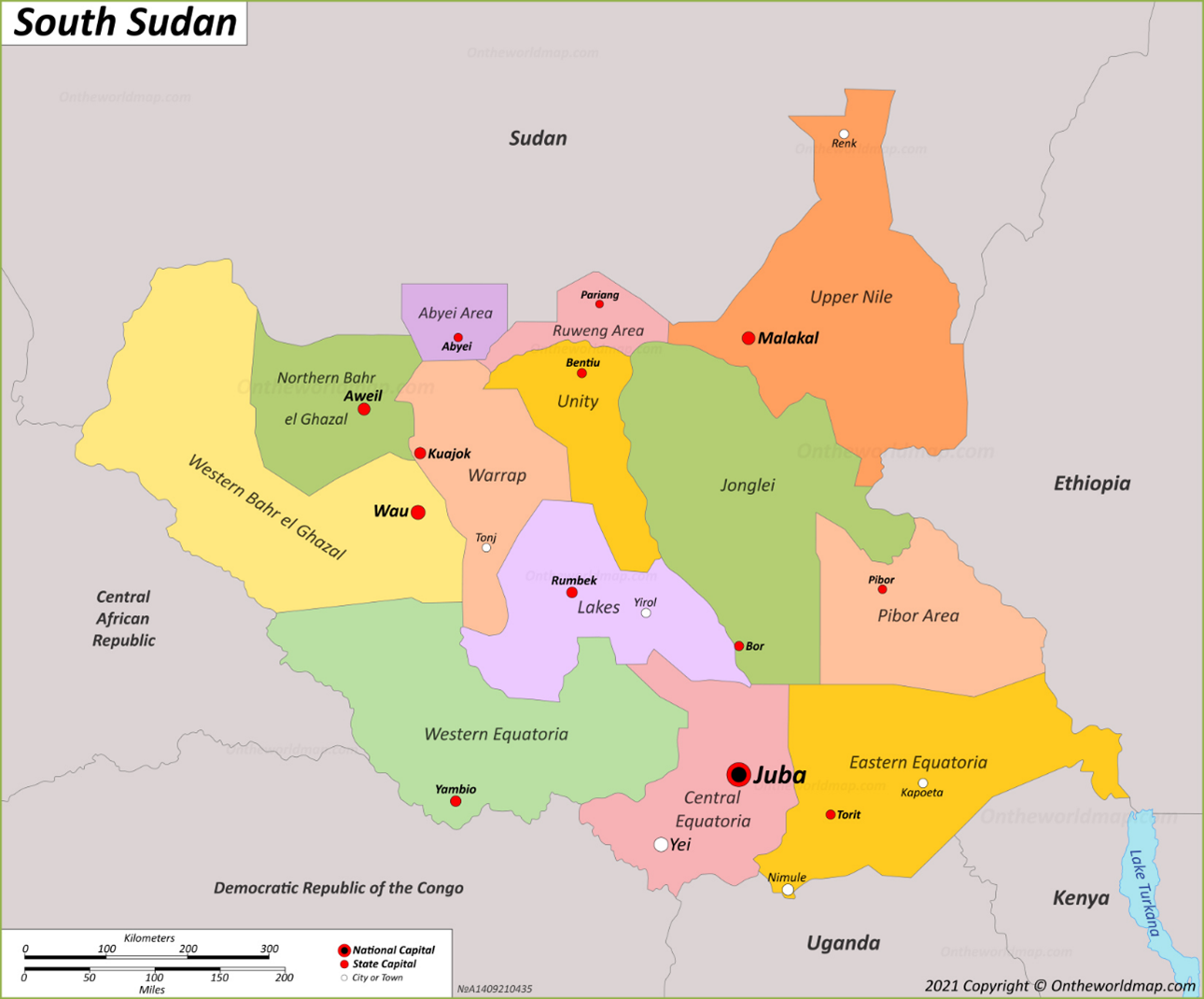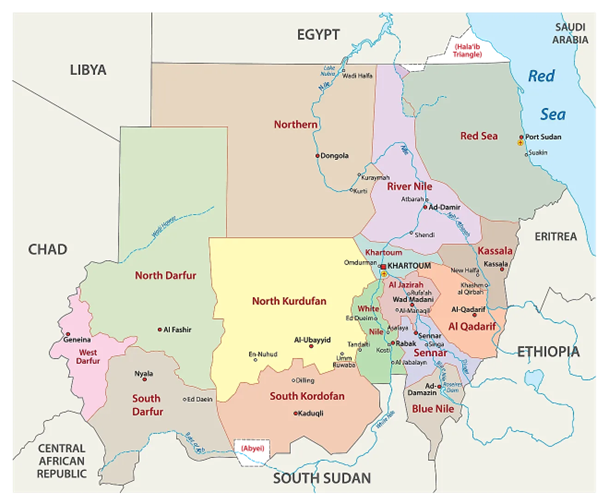HEALTHCARE FOUNDATION ORGANIZATION (HFO) LOCATIONS
Healthcare Foundation Organization (HFO) has been active in South Sudan since 2018. We operates in 3 out of the 10 states with a static operational presence in these towns; Jonglei State (Fangak County and Canal County), Warrap State (Twic & Gogrial West Counties) and Northern Bahr Al Ghazel State (Awiel East County). In addition, HFO has four mobile teams that are providing food and NFI/Shelter distributions in partnership with FAO, WFP, and other partners in hard-to-reach areas across the country but primarily in the Greater Upper Nile region.
PROGRAMMING AND OPERATIONS IN SOUTH SUDAN
Our strategic objective in South Sudan is to reach more conflict affected populations including in hard-to-reach areas in South Sudan with relevant development and humanitarian assistance, and in 2019 the organization reached over 70,000 people with assistance across South Sudan. For 2021, the organization is expecting to reach around 100,000 people.
GEOGRAPGIC MAPPING OF SOUTH SUDAN AND IT'S TEN STATES

HEALTHCARE FOUNDATION ORGANIZATION (HFO) OPPERATIONAL STATES
-
CENTRAL EQUATORIA STATE
- Juba – Head office
-
JONGLEI STATE
- Fangak County – Health & Nutrition and WASH
- Canal/Pigi County – Health & Nutrition and WASH
-
WARRAP STATE
- Twic County – Health & Nutrition
- Gogrial East County- Health & Nutrition
-
NORTHERN BAHR AL GAZHEL STATE
- Awiel East County – South Sudan Covid-19 Joint Response Project
-
UNITY STATE
- Rubkona County - Health & Nutrition and WASH
- Guit County - Health & Nutrition and WASH
- Leer County - Health & Nutrition and WASH
